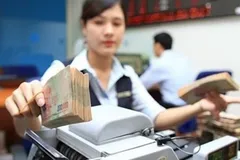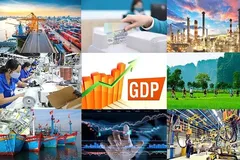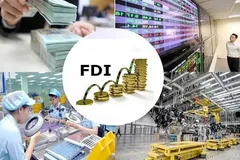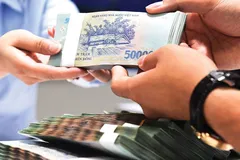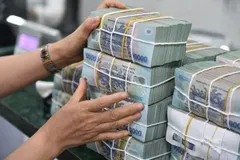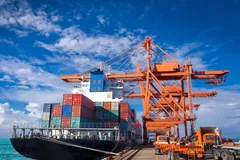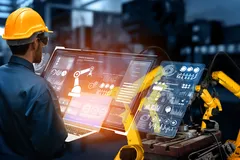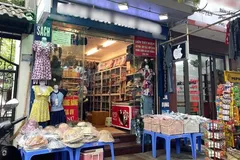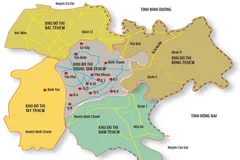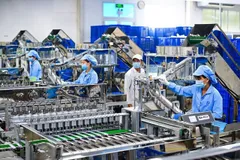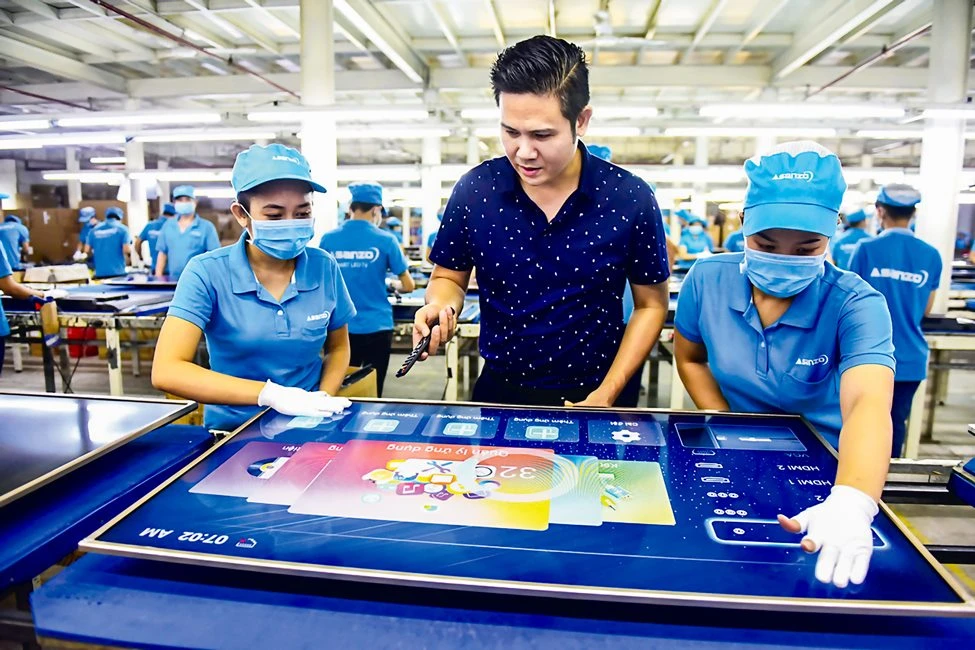
JOURNALIST: - What do you think about the case of Asanzo where most products of the company were imported from foreign countries but still labeled as high quality products of Vietnam?
Mr. HOANG MANH TAN - There are two issues that we need to clarify. Firstly, the products which have 40% material from Vietnam will be qualified for label ‘Made in Vietnam’. However, the proportion of Asanzo products which are made in Vietnam is only 10-20%, hence, these products do not qualify.
If Asanzo wants to get a ‘Made in Vietnam’ certificate to export its products, it needs to submit all documents to certify that these products are produced in Vietnam. If we think Asanzo is illegible for exporting, then the company’s only choice is to sell products in Vietnam.
However, the problem of Asanzo is they are cheating customers by using incorrect information in marketing. The company says its products are high-quality products of Vietnam while nearly 0% products are being produced in Vietnam. Its products are made by re-assembling imported tools and components. The company even imported the finished products to do wholesales. In terms of business ethics, this activity helps reduce the product cost but is not sustainable.
- Consumers are not willing to use a product which uses imported components. Does it conflict with the strategy to build a brand name for Vietnamese products with high local rates?
- Currently, many people think that Chinese products are not good and have low quality. It is true of cheap products which are imported unofficially by small traders and wholesalers. However, if components are imported by highly reputed companies, the quality will be much better.
The key thing I want to note here is that China has very developed supporting industries. China has been investing professionally for a long time in these industries. China supports the development of such industry in all aspects, including with policies, material and labor.
For example, China prepared its steel sector very well. It invested in many plants which do all phases of product cycles, from metallurgical to processing and manufacturing the components to sell to other finished product manufacturers. This made China become the biggest industrial zone in the world.
While the supporting industries of Vietnam are very low developed, we can even say Vietnam does not have supporting industries. Vietnam planned to build supporting industries long time ago. However, it is still not successful as we cannot compete with China and our investment in this industry has been inconsistent and fragmented.
We had planned to develop supporting industries to supply components to other domestic companies as well as foreign companies in Vietnam, but we failed. To increase the localization rate, besides materials we also have to self-produce the tools and components. Currently, our supporting industries are not able to do this job.
- Currently, many Vietnamese companies are importing components to re-assemble finished products. Hence, if we consider these products are not Vietnamese products, there will be many companies who do not qualify?
- In case of Asanzo, after the controversy, the government directed the authorities to investigate. I think it is too hasty to do that. Asanzo officially imports all components, hence, the authorities must recognize its import activities.
- Based on your practical experience, what is the bottleneck that we need to clear to resolve this issue related to ‘Made in Vietnam’ products?
- We need to have a regulation to determine the criteria for getting the label of ‘Made in Vietnam’. Currently, many companies are importing tools and components from China. The key thing is quality and price of these inputs.
Enterprises have a right to import components from China, however, the problem is, they import from country A but label them as coming from country B, or announce that they self-produce the products. It is wrong.
We do not have criteria to determine which products are produced in Vietnam and which products are re-assembled in Vietnam. We need international standards for this issue.
We have legal framework and law to govern all above issues, but we need a detailed regulation and guidance from the government to enforce this law. We should avoid the inconsistencies between ministries, government departments and other authorities in issuing related legal documents.
- Thank you very much.


